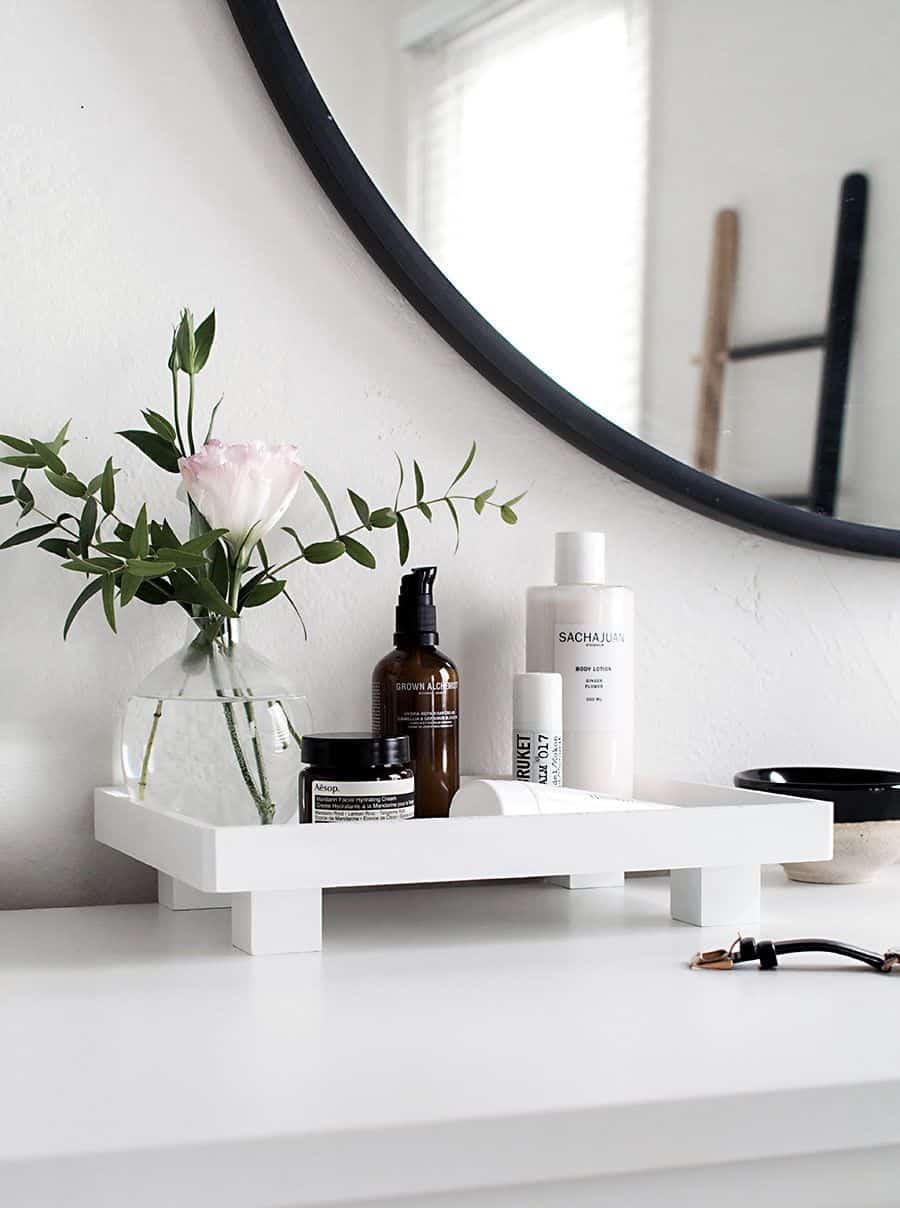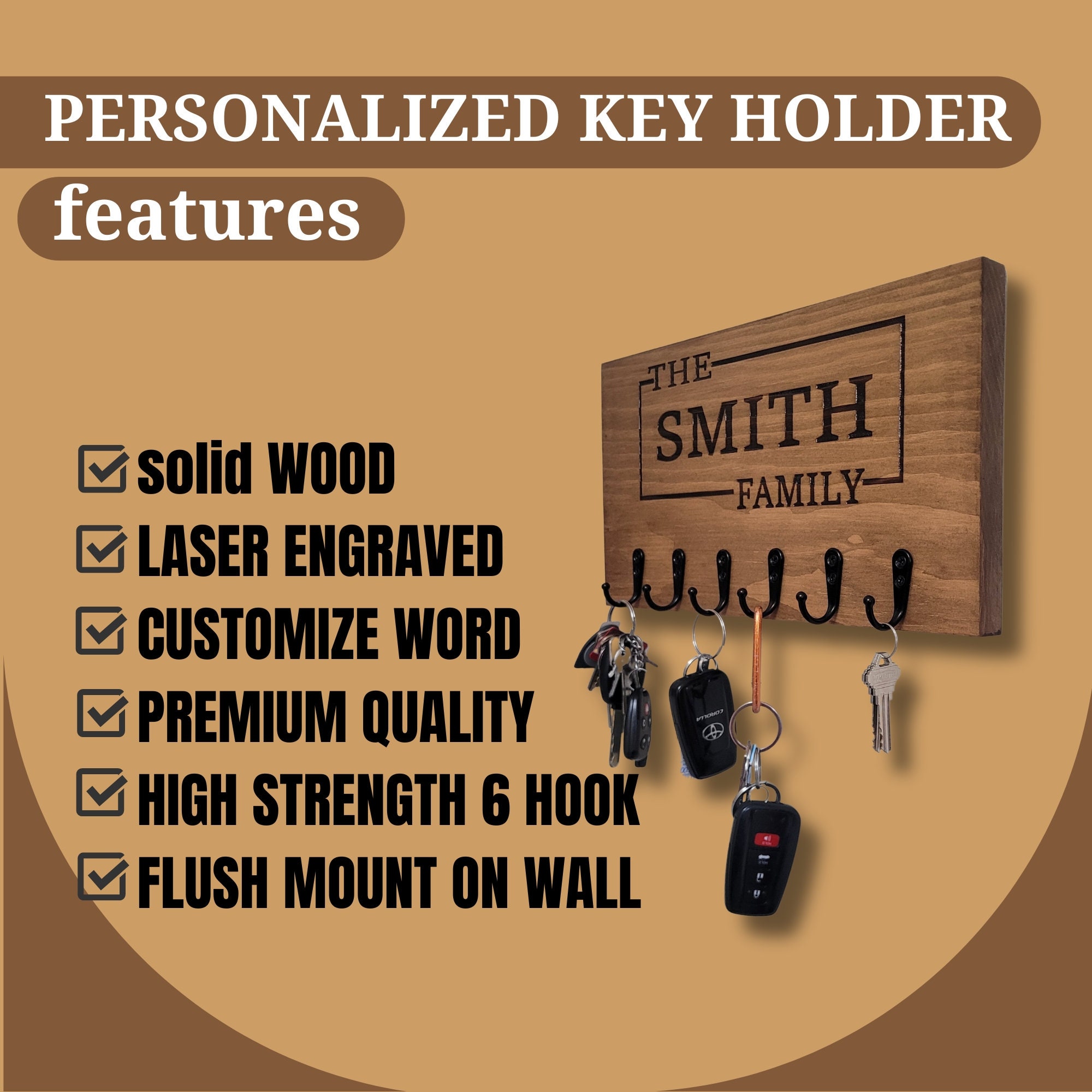Best Birdhouse Woodworking Projects to Sell for Profit
Building birdhouses is a rewarding and potentially profitable hobby. Not only do you get to create beautiful and functional structures for feathered friends, but you can also turn your passion into a side hustle. With the right woodworking skills and a little creativity, you can craft birdhouses that are both eye-catching and in demand.
But before you start hammering and sawing, it’s important to consider what kind of birdhouses are most likely to sell. You don't want to end up with a garage full of unsold birdhouses, right? So, let's dive into some of the best birdhouse woodworking projects to sell for profit.
Popular Birdhouse Styles
There are countless birdhouse designs out there, but some consistently stand out in terms of popularity and profitability. Here's a rundown of some of the best options to consider:
Classic Birdhouses
You can't go wrong with a classic birdhouse design. These are the quintessential birdhouses, often made from simple materials like pinewood or cedar. They typically feature a simple square or rectangular shape with a pitched roof. You can personalize these designs with different paint colors, decorative trim, or even a little birdhouse door.
Bluebird Houses
Bluebirds are beloved backyard visitors, and their dedicated houses are always in high demand. Bluebird houses are typically smaller than other types, featuring a 1.5-inch entry hole. They also need to be mounted at a specific height (5-6 feet off the ground) to attract these beautiful birds.
Squirrel-Proof Birdhouses
Squirrels can be notorious for raiding birdhouses. To combat this, many bird lovers opt for squirrel-proof birdhouses. These houses feature special features like a baffle above the entry hole, a cage around the entry hole, or a metal roof. They require a bit more intricate design and construction, but the added protection can make them more attractive to customers.
Decorative Birdhouses
For those looking for something more than just a functional birdhouse, decorative birdhouses are a great option. These birdhouses can be intricately carved, painted with intricate designs, or even crafted from different materials like reclaimed wood or metal. They add a touch of whimsy to any backyard and can be priced higher, making them more profitable.
Tips for Building Profitable Birdhouses
Now that you have an idea of the types of birdhouses that are popular, let's discuss some tips to maximize your chances of selling them for a profit.
Choose Quality Materials
Don't skimp on materials. Birdhouses made from sturdy, weather-resistant wood will last longer and be more appealing to customers. Cedar, redwood, and pine are good choices, as they are naturally resistant to rot and decay.
Pay Attention to Detail
Craftmanship matters. Take the time to sand your birdhouses smooth, ensure the roof fits snugly, and create a clean, professional finish. Attention to detail will make your birdhouses stand out from the competition.
Offer Variety
Customers appreciate choice. Offer different sizes, styles, and materials to cater to a wider range of tastes and bird species. Consider designing birdhouses that are tailored to specific bird types, like chickadees, wrens, or woodpeckers.
Embrace Unique Designs
Don't be afraid to get creative. Introduce unique designs, decorative elements, or even quirky birdhouses that appeal to a niche audience. This can help you stand out in a crowded market.
Set Competitive Pricing
Research the prices of similar birdhouses online and at local stores. Price your birdhouses competitively while still ensuring you're making a profit. Remember to factor in the cost of materials, labor, and any additional expenses.
Promote Your Birdhouses
Once you've built your birdhouses, it's time to promote them. Consider selling them online through platforms like Etsy or eBay. You can also participate in local craft fairs or market them to local garden centers and nurseries.
Marketing and Selling Birdhouses
Now that you've created some amazing birdhouses, you need to find a way to get them in front of potential buyers. Here are some effective marketing strategies:
Social Media Marketing
Social media platforms like Instagram, Facebook, and Pinterest are fantastic for showcasing your birdhouses. Use high-quality photos and videos to capture the beauty and craftsmanship of your work. Engage with followers and share tips for attracting birds to gardens.
Online Marketplaces
Etsy, eBay, and Amazon Handmade are popular online marketplaces where you can sell your birdhouses. These platforms offer a built-in audience and make it easy to reach potential buyers worldwide.
Local Markets and Craft Fairs
Participating in local craft fairs, farmers markets, and community events is a great way to connect with potential customers face-to-face. You can showcase your birdhouses, answer questions, and build relationships with customers.
Partnering with Local Businesses
Reach out to local garden centers, nurseries, and home improvement stores to see if they'd be interested in carrying your birdhouses. They often have a customer base that's interested in bird-related products.
Commonly Asked Questions
Here are some common questions people ask about selling birdhouses:
What are the best woods to use for birdhouses?
Cedar, redwood, and pine are popular choices for birdhouses because they're naturally resistant to rot and decay. They also have a pleasant scent that some birds find appealing.
How do I price my birdhouses?
Consider the cost of materials, your time, and the complexity of the design. Research the prices of similar birdhouses online and at local stores to get an idea of what's competitive.
How do I protect my birdhouses from the elements?
Use weather-resistant paint or stain to protect your birdhouses from rain, sun, and other harsh elements. You can also consider using a sealant to further protect the wood.
Where can I sell my birdhouses?
You can sell your birdhouses online through marketplaces like Etsy or eBay, at local craft fairs and markets, or through partnerships with local businesses.
Do I need any special permits to sell my birdhouses?
This depends on your location. Check with your local government to see if there are any permits required for selling handmade goods. You may also need to register your business.
Building birdhouses is a fun and rewarding hobby that can turn into a profitable side hustle. With a little creativity, hard work, and effective marketing, you can create beautiful birdhouses that attract feathered friends and satisfied customers.









